Hydraulic Filtration
Demand for higher efficiency, enhanced output, and tolerance of tough terrains make it increasingly more difficult to ensure machines perform at their peak. High-performance hydraulics with tight clearances, especially in the pump and valves, may be built for these conditions. Without adequate lubrication, these hydraulic components will fail, falling victim to excessive friction, heat, particle contamination and more.
Talk to an Expert
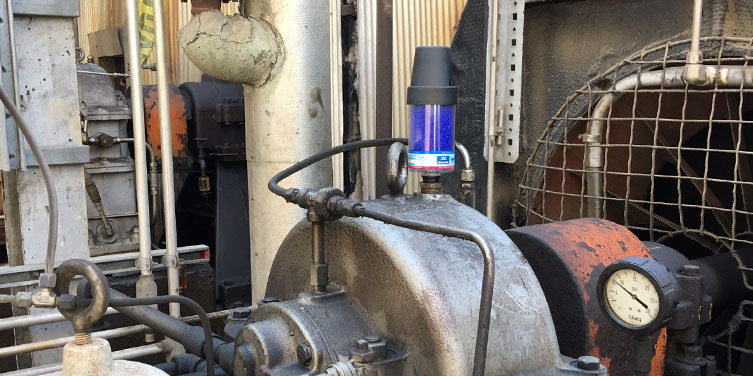
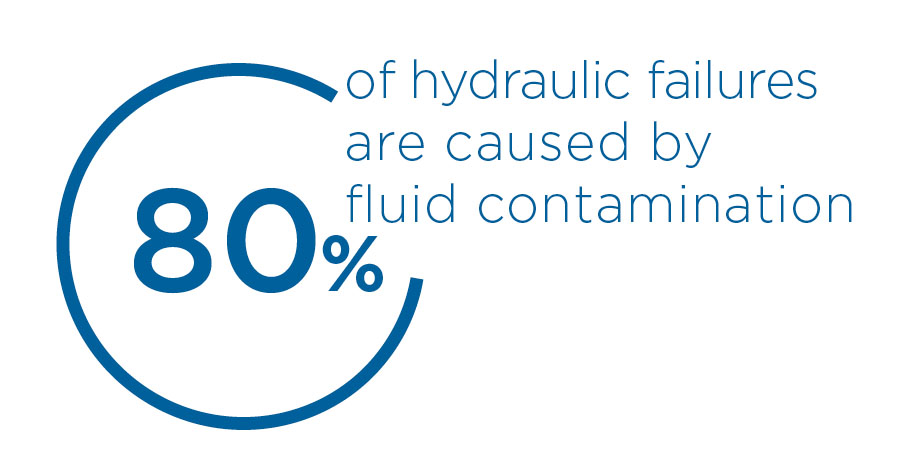
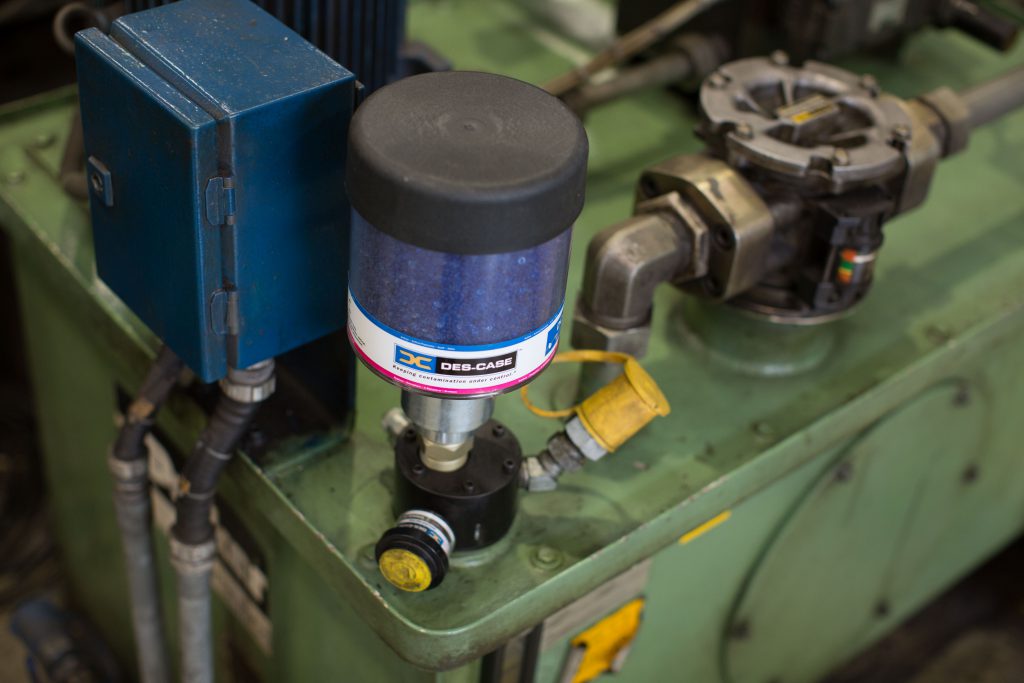
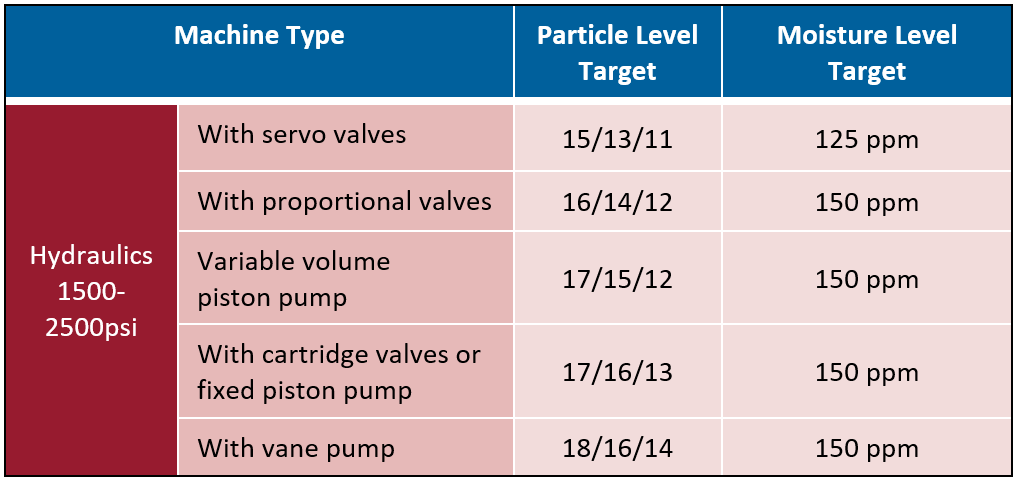


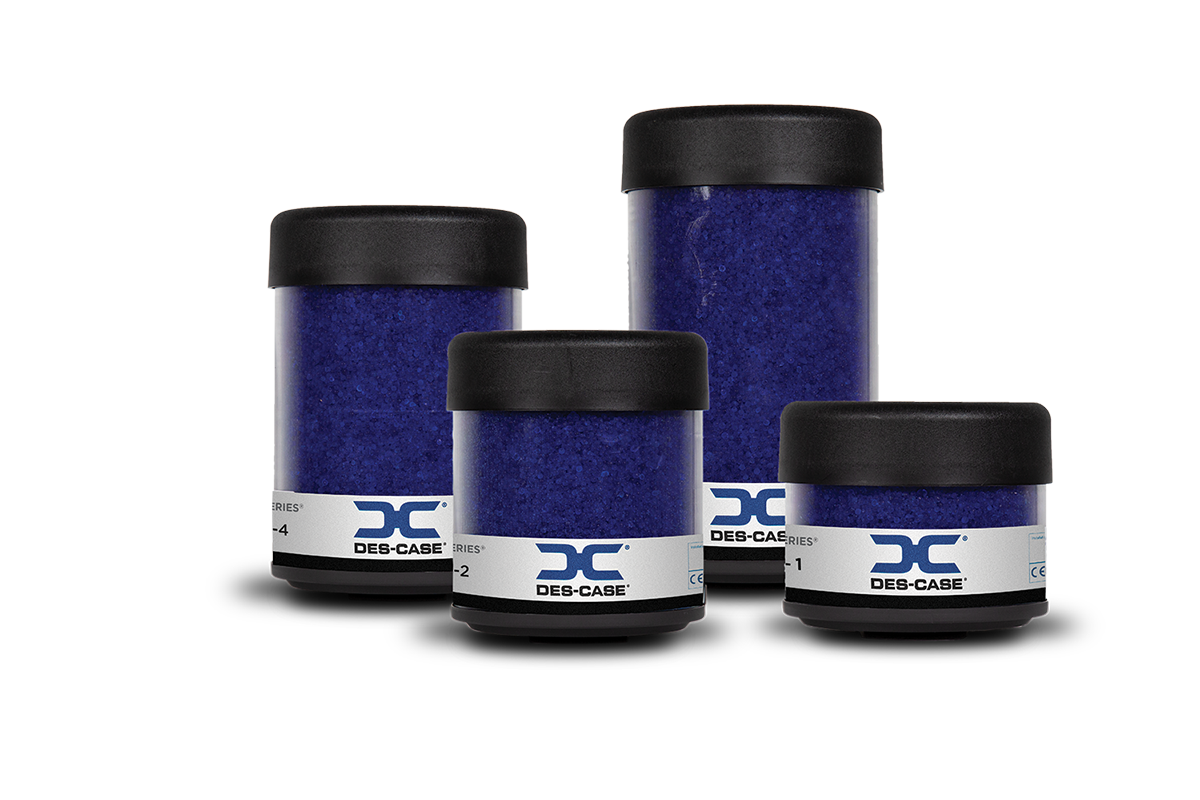
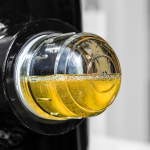
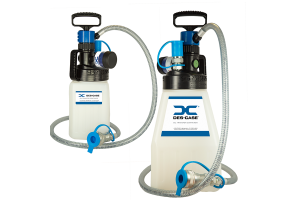
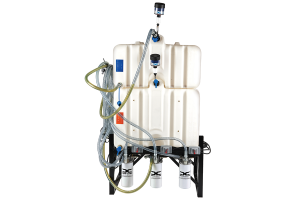


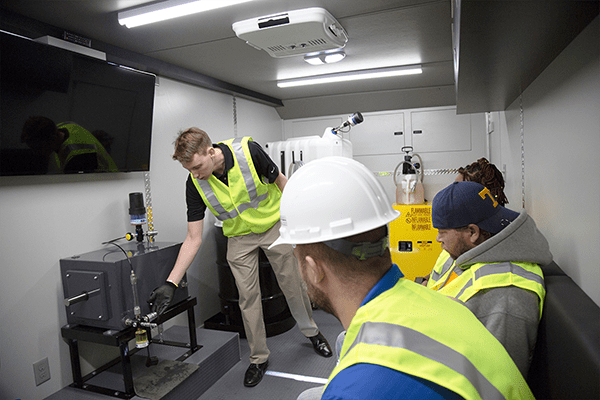
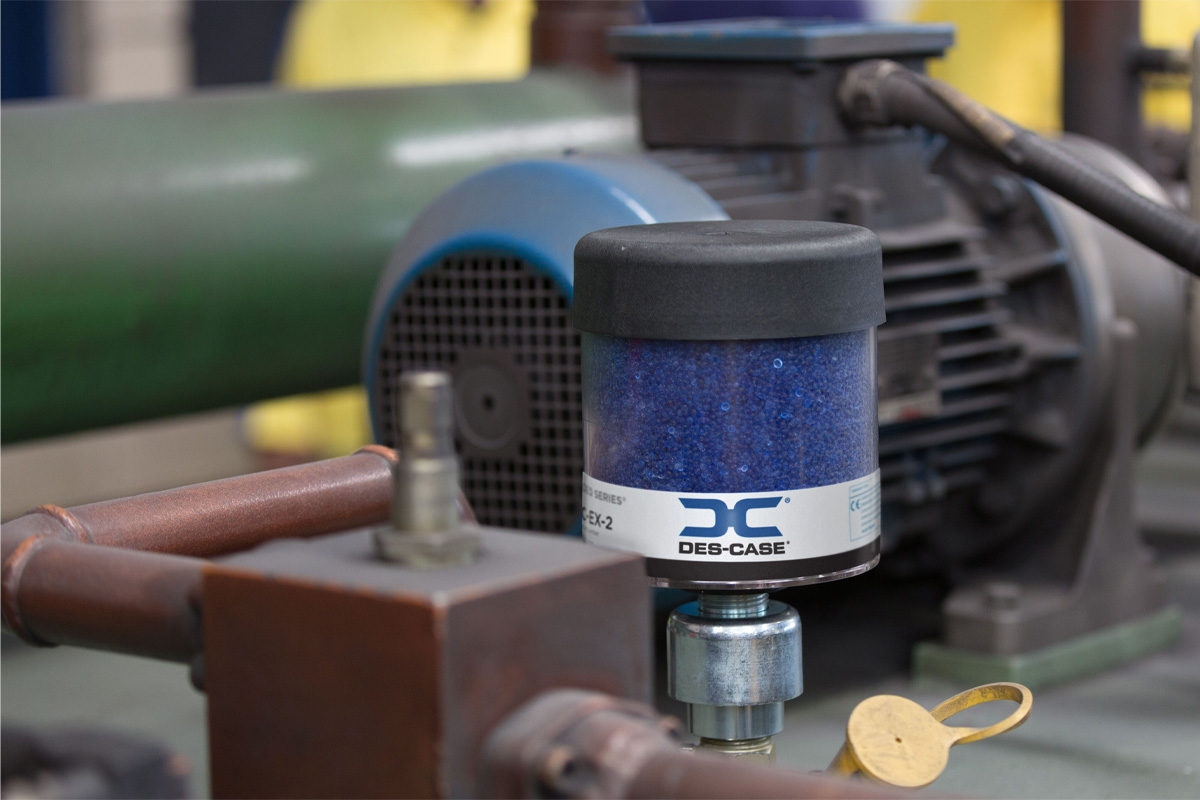



Recent Comments